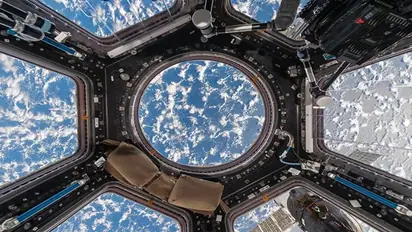US and China plan advance space missions, race to occupy orbital parking spots heats up

Synopsis
The space race among nations especially the US and China is heating up to occupy key spots outside the Earth. Many space agencies have shown an incredible amount of interest in Lunar exploration recently. India and the UAE were also successful in landing on the surface creating history.
US and China are going toe to toe in terms of upcoming space missions. US administration also has raised concern over China's alleged plan to occupy key spots through its successful track record. China's President Xi Jinping prioritised space missions for long-term goals which has started reaping benefits for Beijing.
The space race is heating up with new players like India and the UAE joining the elitist list of lunar exploration. More space industry dominators are shifting their focus on the Moon signalling towards colonizing efforts. China is planning to send humans to the moon by 2030 as it also seeks to occupy orbital parking spots for satellites and telescopes.
The orbital parking spots are stable regions in the space where the gravitational pull cancels out. The regions known as L1 and L2 are good for such ventures. China has already placed the Queqiao satellite in the L2 region for communication purposes causing concerns among the US administration. The US is increasing its efforts towards space exploration after a recent slowdown.
It is also planning missions to land on the lunar surface for the first time after 1972. The renewed interest comes after multiple space agencies are looking at the moon with prospects of finding water and moving civilization there. The world's first private mission to the moon was launched last week from Florida. However, due to technical failure and fuel leakage, the mission came to an early halt.
The US is also pushing for a rules-based order for space similar to one on the Earth. China is not on board with the US so far. The US is working on Artemis missions that involve complex space exploratory missions for the upcoming future. Various private players such as Space X of Elon Musk are also on board with NASA on this.
Check the Breaking News Today and Latest News from across India and around the world. Stay updated with the latest World News and global developments from politics to economy and current affairs. Get in-depth coverage of China News, Europe News, Pakistan News, and South Asia News, along with top headlines from the UK and US. Follow expert analysis, international trends, and breaking updates from around the globe. Download the Asianet News Official App from the Android Play Store and iPhone App Store for accurate and timely news updates anytime, anywhere.